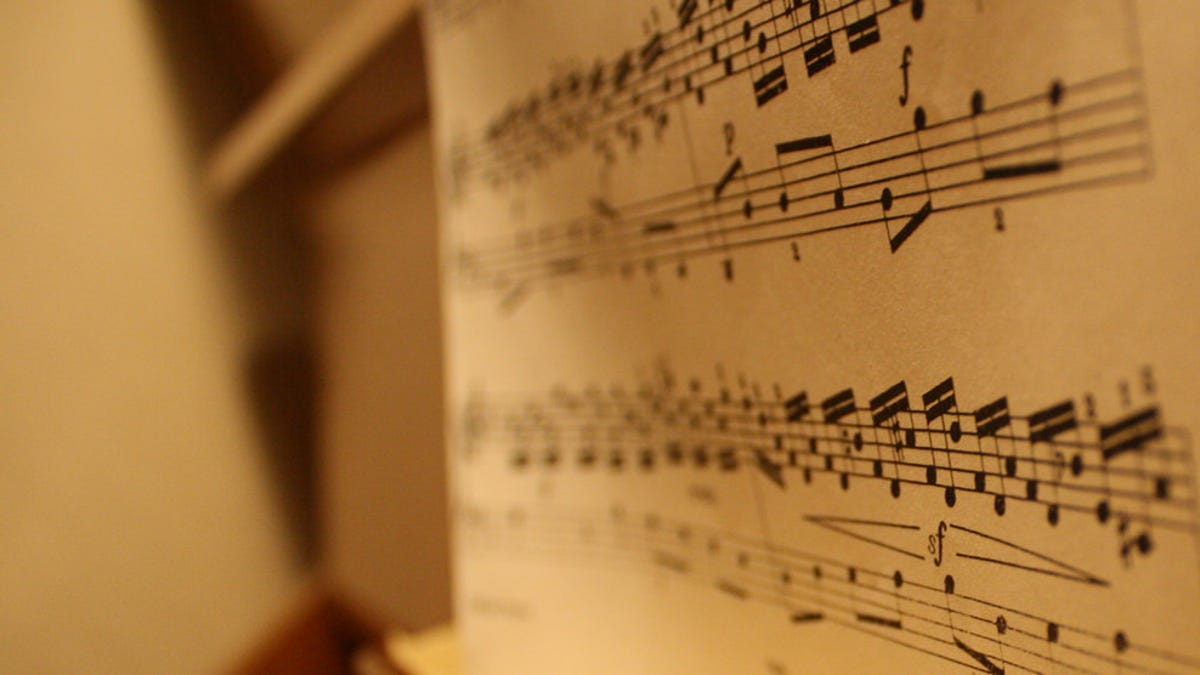
University of Washington researchers sound out a way to help computers think and even write like a composer. Roll over, Beethoven!


Leslie Katz led a team that explored the intersection of tech and culture, plus all manner of awe-inspiring science, from space to AI and archaeology. When she's not smithing words, she's probably playing online word games, tending to her garden or referring to herself in the third person.

Johann Sebastian Bach never completed his 18th-century work "The Art of Fugue," but now a computer might do it for him.
University of Washington researchers on Wednesday released MusicNet, a large-scale classical music dataset aimed at helping machines understand the basic structure of classical music -- and even predict the next notes in a recording.
The publicly available dataset includes 330 classical music recordings, along with more than a million annotated markers, verified by trained musicians, that indicate the timing of each note, the instrument that plays it and the note's position in a composition's metrical structure.
"At a high level, we're interested in what makes music appealing to the ears, how we can better understand composition, or the essence of what makes Bach sound like Bach," Sham Kakade, a UW associate professor of computer science, engineering and statistics, said in a statement. "It can also help enable practical applications that remain challenging, like automatic transcription of a live performance into a written score."
In addition, the researchers say, MusicNet could be used to offer listening recommendations based on the structure of a favorite composition rather than a customer's past purchasing history or tags like artist and genre.
But the researchers are particularly jazzed (classical-ed?) by the prospect of musicians using MusicNet for creative pursuits such as asking a computer to compose music that's similar to another work or humming a melody and having the algorithm turn it into a fugue.
If the machine has a higher understanding of what they're trying to do, that just gives the artist more power.
John Thickstun, UW computer scientist"Any composer who crafts their art with the assistance of a computer, which includes many modern musicians, could use these tools," said John Thickstun, a UW computer science and engineering doctoral student and lead author of a new paper on the research. "If the machine has a higher understanding of what they're trying to do, that just gives the artist more power."
This isn't the first time artificial intelligence and music have shared the stage, of course. In June, Google unveiled a 90-second piano melody created by machine learning as part of its Project Magenta, an artificial intelligence effort to create original music and visual art. More recently, AI generated a Christmas carol.
Such attempts invariably raise questions about AI's potential limitations in creating art. Is music, for example, merely a collection of statistical events plus some rules of rhythm and harmony, or is the emotional consciousness of the author an essential component in creating a resonant piece? The UW researchers are aware of that tension.
"Designing machine learning methods that are able to disentangle the 'style' of J. S. Bach, the purely artistic part, from the 'content' of a particular music piece that is the more predictable part following harmony rules, is one of the major challenges of machine learning and artificial intelligence," Kakade acknowledged in an email.
With MusicNet, he added, "we can now aim to start this process of understanding the stylistic elements, and, from there, we are open to the possibility of composing pieces in the style of Bach."